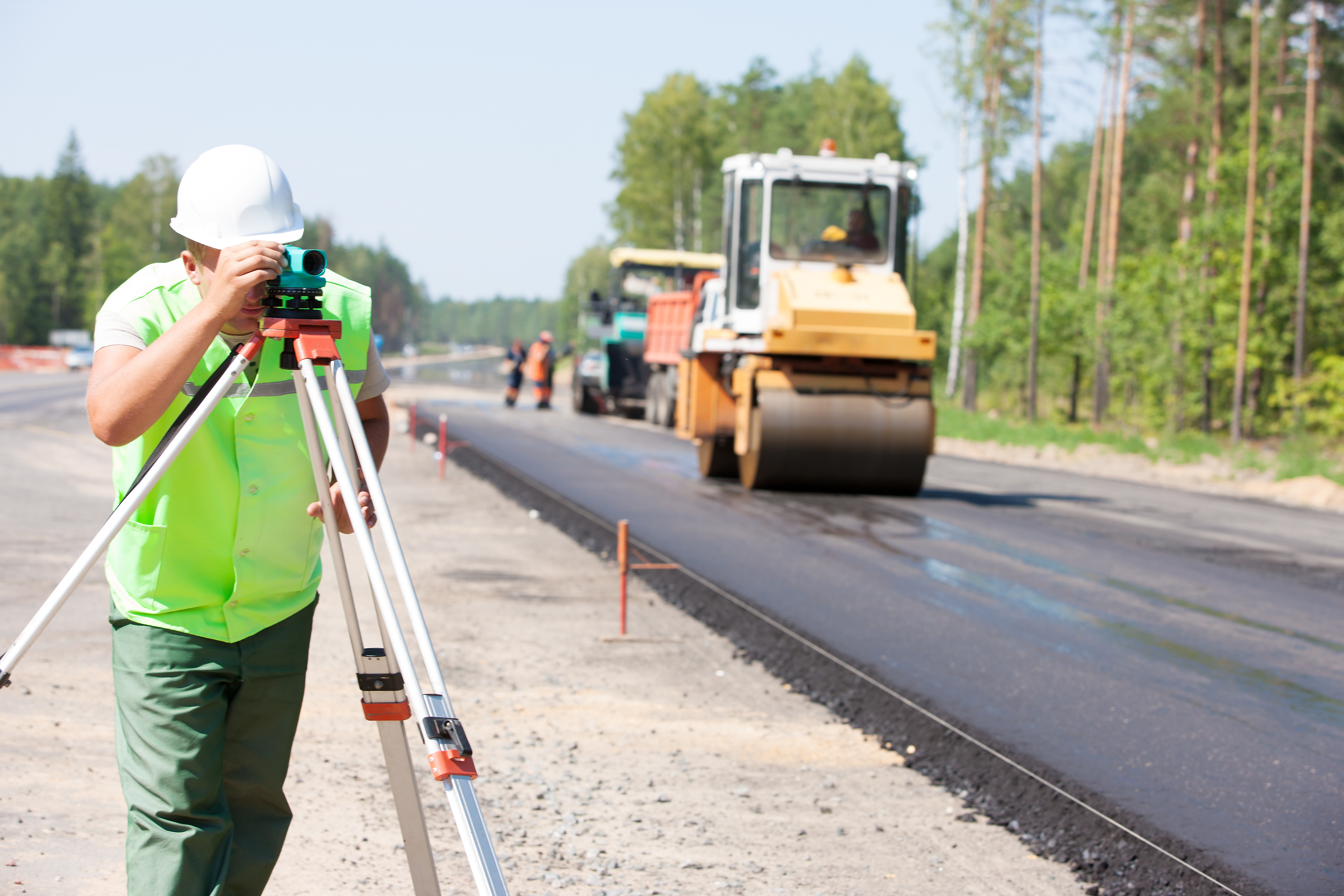Surveyors are undoubtedly integral to any construction project, and road construction is no different. Surveyors are a crucial part of road construction, from location planning and road design to setting out road layers and managing drainage systems. Yet construction sites aren't the safest places to be.
In 2019, 14% of all work-related traumatic injury fatalities in Australia happened in the construction industry. Safe Work Australia's Key WHS Statistics report for 2020 also states that the construction industry submitted 12.5% of all serious injury claims submitted in 2018-2019. Though surveyors aren't technically part of the construction industry, they do spend a tremendous amount of time in potentially dangerous situations putting them at risk.
4 Safety Challenges Facing Surveyors on Road Construction Sites
Working on a Road Construction Site
Surveyors are exposed to numerous hazards every time they're called out to a roadside construction site. To start, dust, noise and the potential for falling debris are an ever present hazard. Weather conditions on-site present further challenges – heatstroke, heat exhaustion and hyperthermia are but a few potentially life-threatening dangers that extreme weather conditions can present. Depending on where the site is, surveying from high places or in a body of water can lead to slips, falls, drownings or other injuries. The site could also be home to animals and insect that could hinder the surveying work, damage equipment or worse, attack the surveyor. Finally, working on a road has the added risk of potential traffic accidents and collisions.
Working Near Heavy Equipment
Bulldozers, evaluators, dump trucks, and their operators are another safety challenge for surveyors. Surveying when the site is vacant isn't always possible – collisions and crashes are likely to occur when drivers and even the surveyors aren't mindful of their surroundings.
Dealing with Theft and Hijacking
Surveying vehicles contain valuable and expensive equipment. Theft or even hijackings are not only expensive but extremely traumatising. Moreover, replacing damaged or stolen equipment could lead to delays in the construction process.
Putting Safety First
Essential safety precautions such as wearing PPE, being alert, and knowing each road construction site's safety regulations and procedures are undoubtedly fundamental to a safe work environment. Still, when looking at the hierarchy of control for managing workplace safety, PPE administrative controls – like safety procedures and hazard signs – offer workers the lowest protection level. On the other hand, eliminating risks and hazards are much more effective and can lead to significant reductions in delays due to accidents, injuries and near misses.
Because surveying is so integral to building a road, having surveyors at the construction site was unavoidable. Now, drone technology has made remote mapping and surveying possible, eliminating surveyors' fieldwork.
Ensuring Surveyor Safety Through Remote Technologies
Through aerial drone mapping and drone surveying, surveyors no longer have to put themselves in harm's way to complete their jobs. Instead, they can inspect assets, calculate cut and fill volumes and even detect changes on site from the safety of an office off-site.
With drones, surveyors have on-demand access to accurate images of the construction site. As the drone flies over the construction site, it takes several high-resolution photos from different angles and perspectives across the construction area. With photogrammetry software, the images are transformed into orthomosaics and 3D models. In addition to distinguishing between land surfaces, drone surveying accurately measures distance and physical objects' volume.


